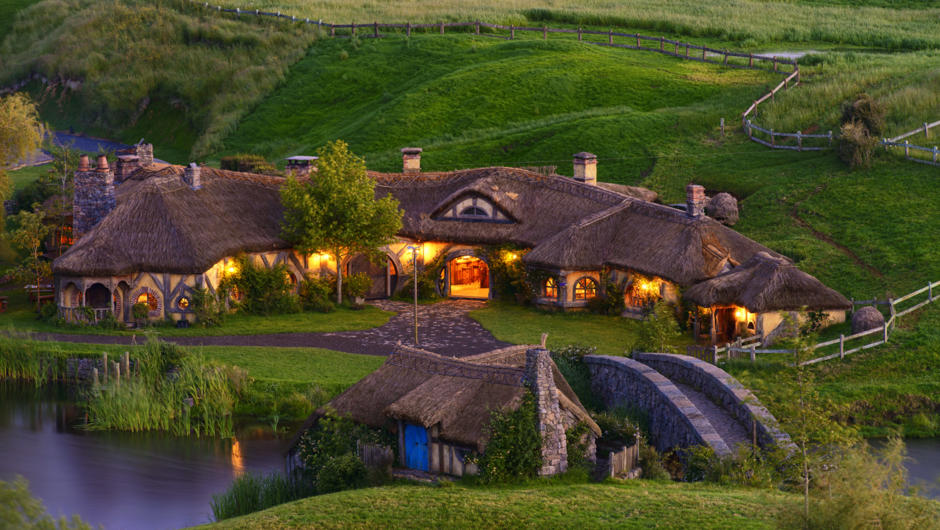Since The Lord of the Rings trilogy and The Hobbit trilogy was filmed, Hobbiton Village has become New Zealand’s most popular tourist destination. Travelers will believe they are in the heart of Middle Earth thanks to the production team of Sir Peter Jackson’s incredibly realistic movie set. You almost anticipate seeing Bilbo Baggins, Gandalf, and Frodo and his band of cheeky and playful hobbits while strolling around Hobbiton. Here are amazing details regarding the process of making the Shire an actual place – Hobbiton Village.
A Tale Of Two Hobbitons
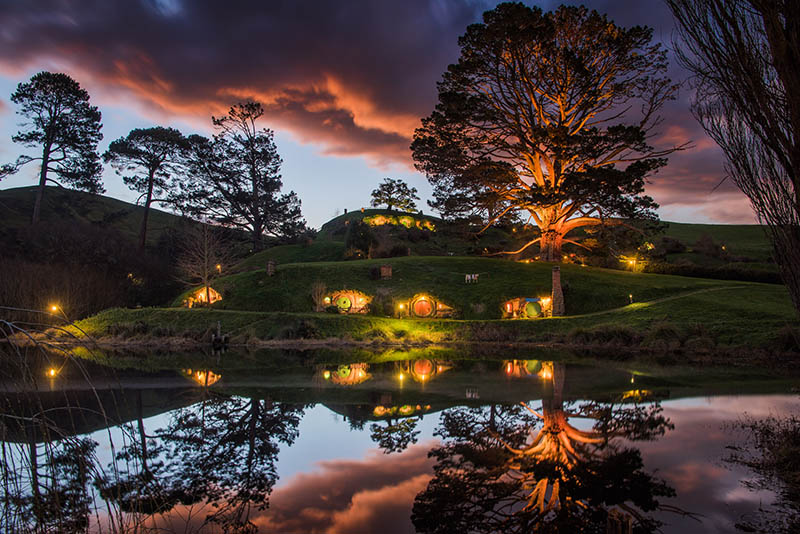
After The Lord of the Rings trilogy was finished, the polystyrene and plywood original Shire was demolished. It was never intended to be a long-lasting set. But they made the homes more permanent when they started to recreate Hobbiton for The Hobbit movies in 2010. It took 70 set builders to finish using concrete, wood, and bricks.
Hobbiton Village For Small People
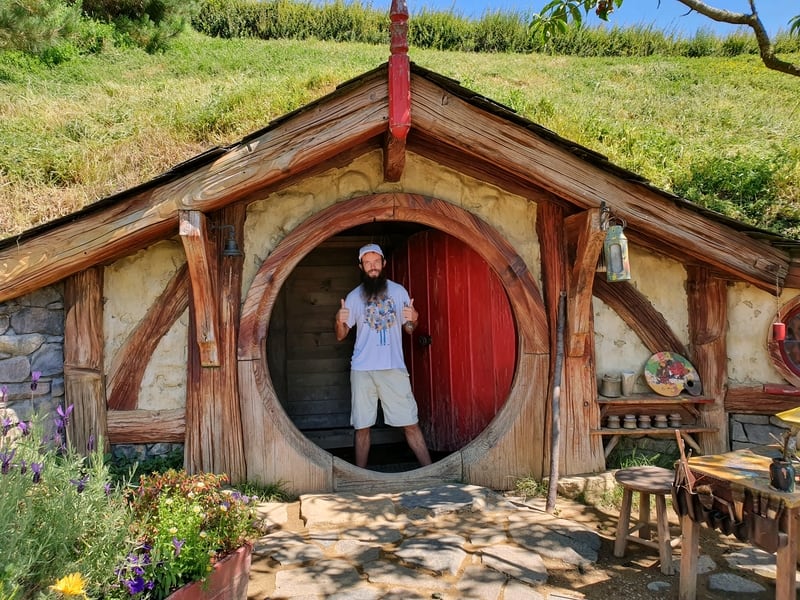
The current Hobbiton village now stretches over 4.8 hectares and has 44 hobbit holes. Most of them are just facades, but there is one that tourists can explore.
Weird Jobs
One of the most lauded aspects of Sir Peter Jackson’s Lord of the Rings movies is his meticulous attention to detail. Jackson also hired someone to walk in between the clotheslines to make the tracks appear worn, in addition to hiring someone to relocate loud frogs, paint silk leaves on a false oak tree, and replace apples and pears with fake plums.
Noisy Frogs
Frogs made the artificial pond on the set their new home while the movie was being produced. However, during filming Lord Of the Rings at the village, these frogs were so noisy that the actors could not hear one another. Therefore, it fell to one person to gather the frogs and move them to a different farm pond. Even the frogs are not indigenous to New Zealand. They are Australian Bell Frogs, an imported species from Australia.
Maybe You Do Not Know 7 Stereotypes Every New Zealander Hates
Sunrise In Reverse At Hobbiton Village
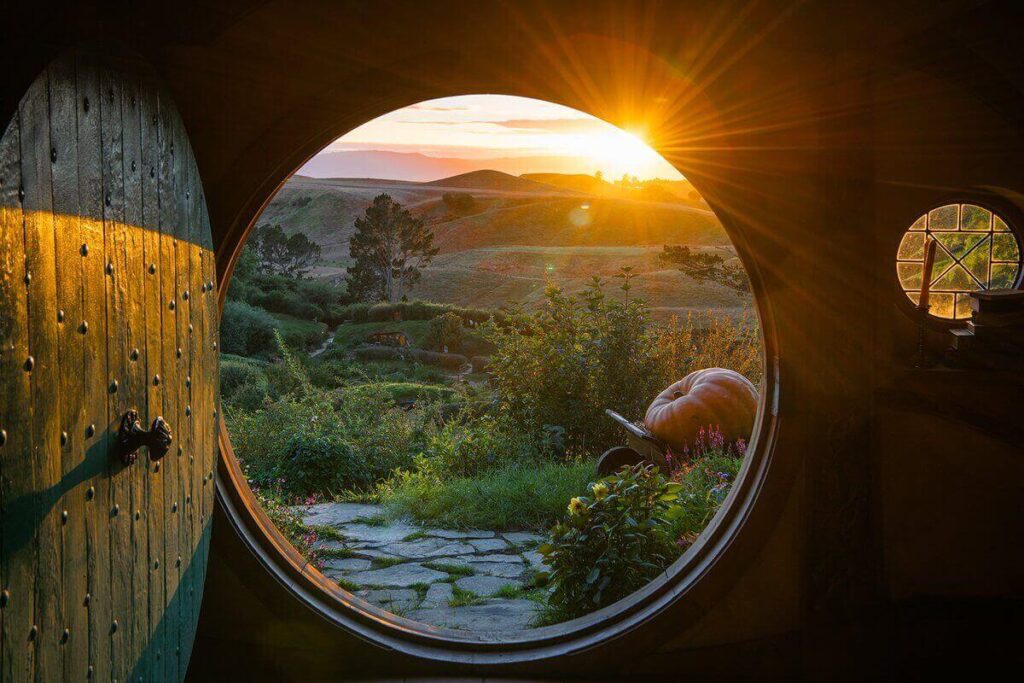
In one scene, Bilbo and Gandalf are sitting inside Bilbo’s home admiring the setting sun. However, because Bag End faces east, the crew had to go up early to capture sunrises and then reverse the footage. To perfect the scene, they needed to see seven sunrises.
Fake Tree
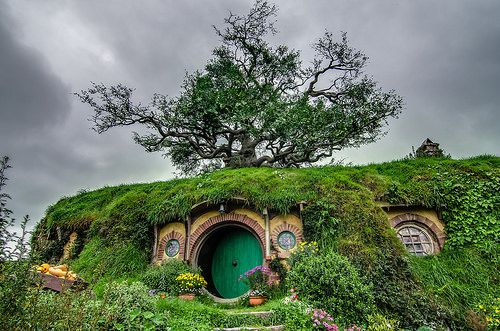
On the slope above Bag End, there is a fake oak tree. The tree was imported from Taiwan and is constructed of fiberglass. Its leaves are made of silk. One by one, the leaves were fastened to the tree, and as they started to fade in the sunlight, someone was paid to hand-repaint each one.
Rich Hobbits
In Hobbiton village, the poorer you are, the lower down the hill you reside. As a result, the gardens get more meticulous the further up the hill you go. One of the wealthiest hobbits is Bilbo.
Replacement Sheep Of Hobbiton Village
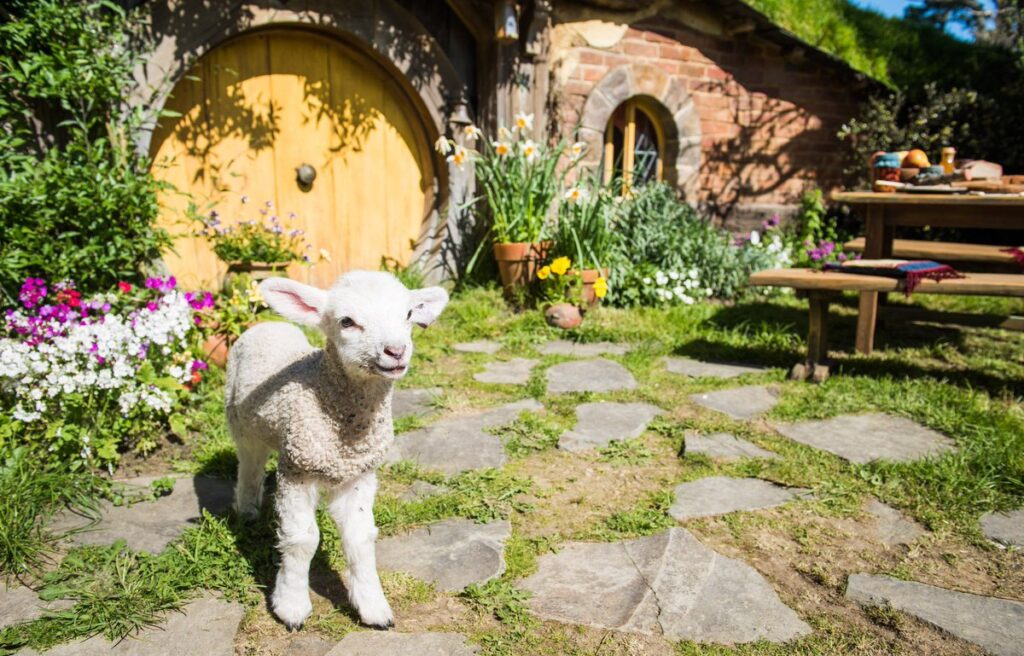
The local sheep during filming Lord Of the Rings at the village supposedly didn’t look “authentic” enough because their faces were white. To replace them, black-faced sheep that were thought to be more sheeplike were introduced.
Dining in Hobbiton Village
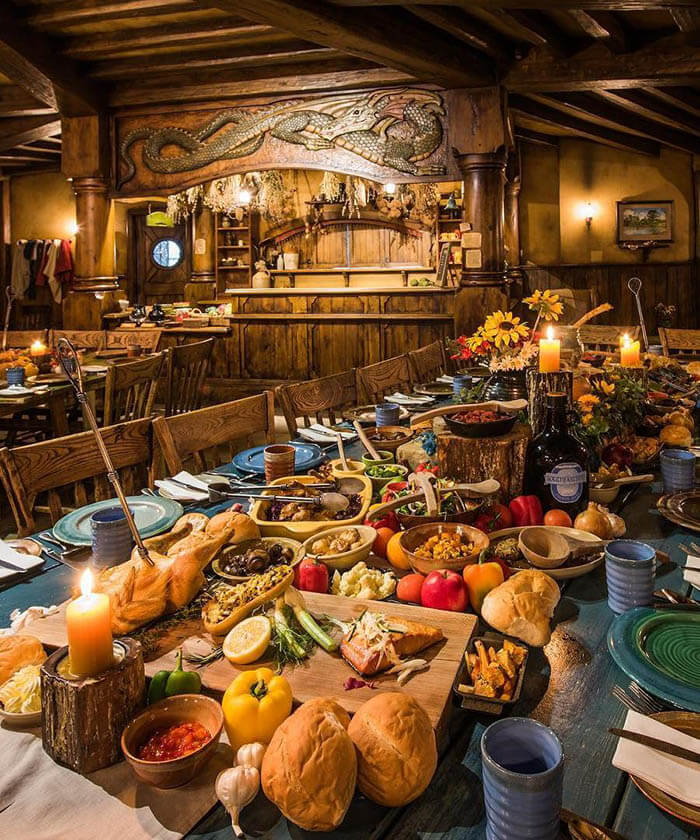
The Green Dragon Inn, a fully functional tavern with food and drinks, was introduced to Hobbiton in 2012.
Hobbiton Village Is Located On An Operating Farm
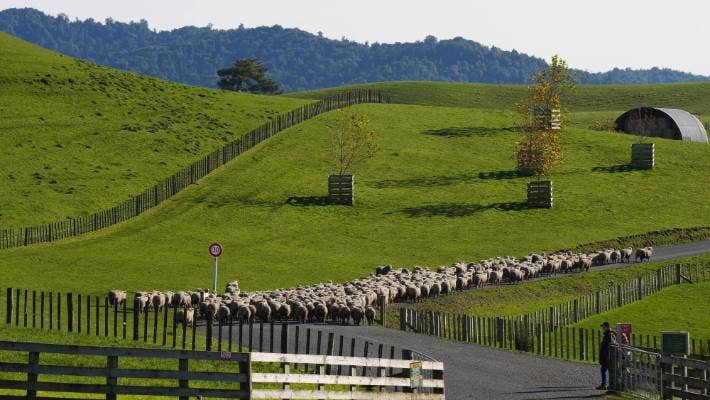
A group of location scouts employed by Sir Peter Jackson flew over New Zealand in 1998. They were looking for a tall tree near a body of water that resembled the Party Tree from The Lord of the Rings books. The fanciful trees of The Alexander Farm, which is close to the rural village of Matamata, fit the desired aesthetic, and the rolling hills provided for ideal hobbit holes.
Although the farm’s owners were unaware of Sir Peter Jackson and had never read The Lord of the Rings books, they concurred. They had no idea that it would turn their farm into a popular vacation spot for Lord of the Rings aficionados from all over the world!
